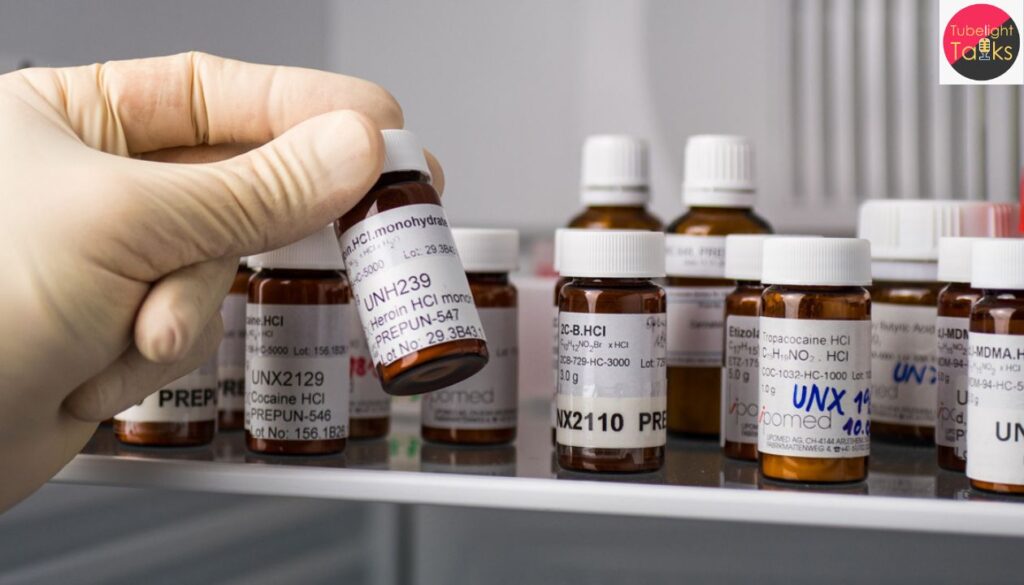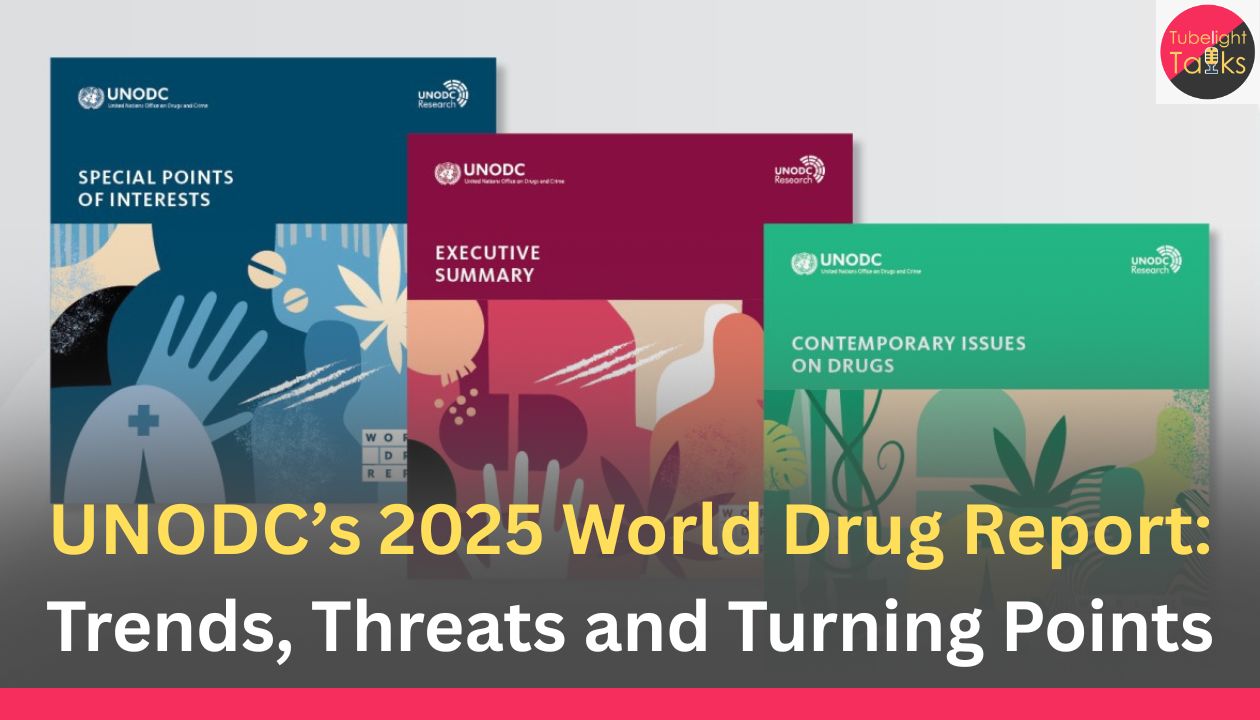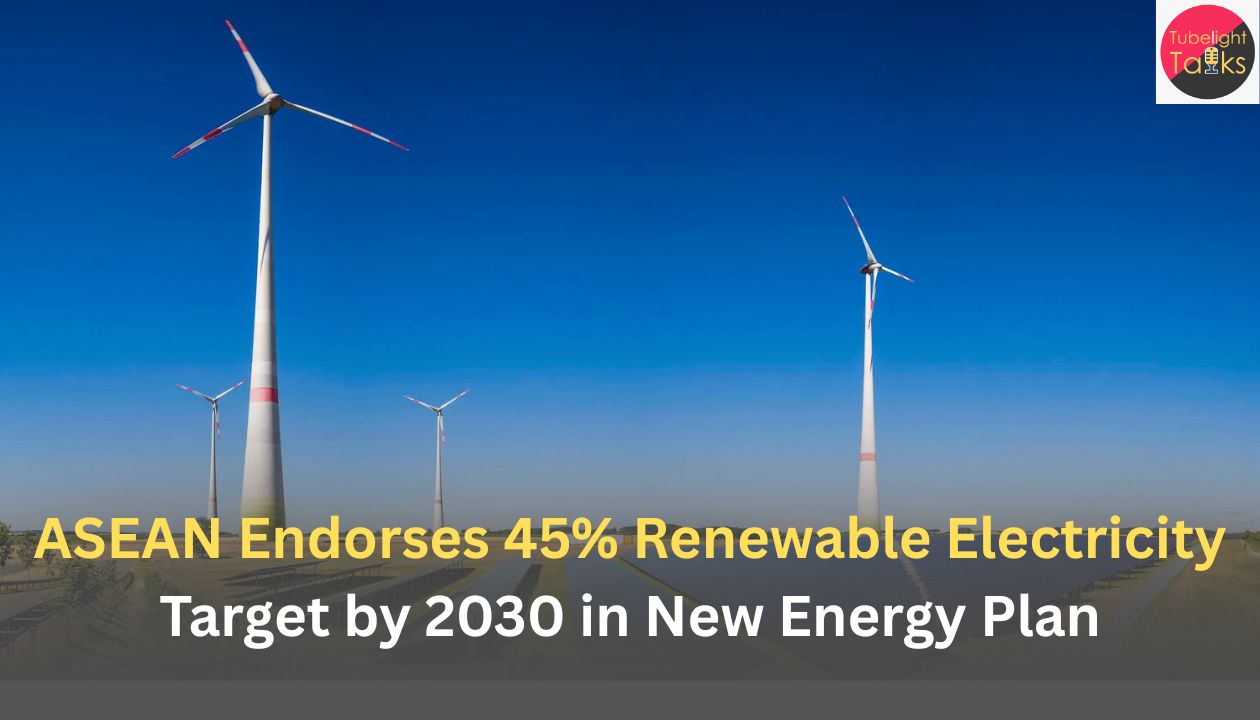According to the UNODC’s 2025 World Drug Report key findings, around 316 million people aged 15‑64 used an illicit drug in 2023—about 6 % of that age‑group globally. Cannabis remains the most used drug (around 244 million users), followed by opioids (61 million) and stimulants (30 million).
Rising Harms
Drug‑related harms are also increasing: the number of people who inject drugs stood at approximately 14 million in 2023—with half of them living with hepatitis C.
Changing Patterns
The report emphasises shifts: more people using multiple substances, younger age‑groups becoming exposed, and rising prevalence in many low‑ and middle‑income countries.
Supply‑Side Developments and Illicit Markets
Cocaine Production & Use
Global cocaine production exceeded 3,700 tons in 2023—an all‑time high. The number of cocaine users reached about 25 million, up from 17 million a decade ago. The largest markets continue to be North America, Western and Central Europe and South America.

Synthetic Drug Surge
The synthetic‑drug market is booming: amphetamine‑type stimulants (ATS) seizures reached record levels in 2023—nearly half of all synthetic drug seizures. Synthetic opioids, including fentanyl‑analogues, remain a major challenge worldwide.
Organised Crime & Global Instability
The report points out that organised trafficking networks are exploiting conflicts, weak governance and economic distress to expand production, distribution and diversification of drug‑flows.
Regional Highlights and Policy Implications
Africa and Emerging Regions
The report notes that Africa is witnessing rising use, supply and new transit routes. Capacity limitations in many countries make the region vulnerable.
Asia‑Pacific & Synthetic Drugs
In East and Southeast Asia, the methamphetamine market is at unprecedented levels, with new production hubs and smuggling routes identified.
Policy Challenges
The UNODC emphasises the need for evidence‑based interventions, stronger law‑enforcement cooperation, health‑oriented responses and data transparency.
Risks and Structural Issues
Enforcement Capacity
Many countries lack sufficient forensic facilities, legal frameworks or cross‑border cooperation mechanisms to respond effectively.
Rights and Health Focus
The shift from punitive to health‑oriented responses is highlighted: drug use is not only a criminal justice issue but a public‑health and human rights concern.
Evolving Supply Chains
Traffickers are innovating: using digital platforms, maritime routes, conflict zones and low‑cost synthetic labs—outpacing traditional control efforts.
Also Read: World Health Summit 2025: Global Health Challenges & Innovations
Global Drug Phenomenon
In today’s world, where illicit‑markets, addiction and human‑suffering converge, the teachings of Sant Rampal Ji Maharaj on satgyan (true knowledge) invite a deeper perspective: real victory is not solely in enforcement or wealth, but in dignity, healing and collective upliftment. As the UNODC report shows, when drug use and trafficking rise, it is a symptom of broader instability, inequality and human vulnerability. True transformation emerges when societies invest not just in control, but in compassion, prevention, health and hope.
What to Monitor in the Coming Years
Ratchet‑Up of Synthetic Drugs
Will ATS, nitazenes and other new psychoactive substances grow further?
Evolving Geographies of Use & Supply
How quickly will new transit hubs, production zones and user‑markets emerge—especially in Africa and Asia?
Shift towards Public‑Health Models
Will countries adopt treatment‑first approaches, integrate drug‑policy with health‑systems and reduce stigma?
International Cooperation & Data Transparency
Will global sharing of intelligence, legal‑assistance and epidemiological data improve?
FAQs: UNODC World Drug Report 2025
Q1. How many people used illicit drugs globally in 2023?
Approximately 316 million people (aged 15–64) used an illicit drug in 2023—about 6 % of that population.
Q2. What drug markets are growing the fastest?
Cocaine and synthetic‑drugs are the fastest growing: cocaine production hit over 3,700 tons and the number of users rose to 25 million. Synthetic‑drug seizures also set records in 2023.
Q3. What factors are fuelling the rise in drug problems?
Global conflicts, weak governance, economic instability and organised crime networks exploiting new routes, technologies and vulnerable populations.
Q4. What are the major regional concerns?
Africa is emerging as a major region of concern: rising use and limited capacity. Asia‑Pacific is facing a synthetic‑drug boom.
Q5. What should policymakers focus on?
Evidence‑based prevention, health‑oriented policies, stronger international cooperation, data transparency and balancing enforcement with human‑rights protection.










